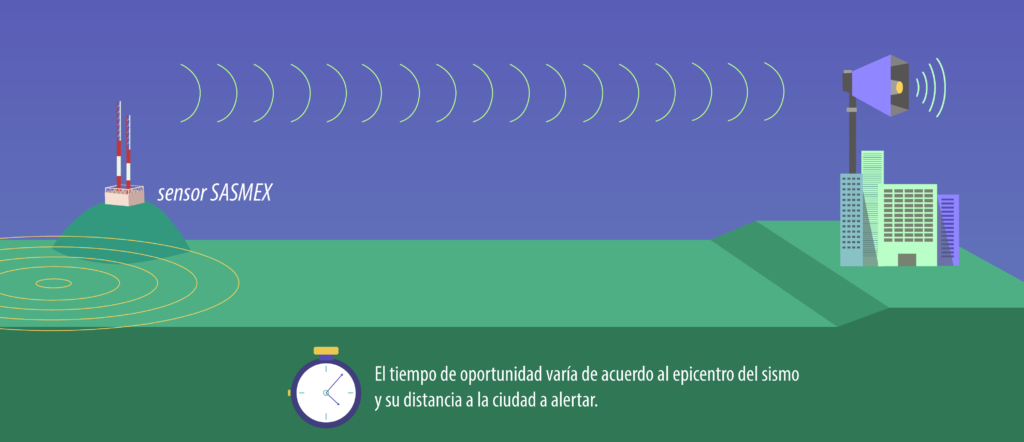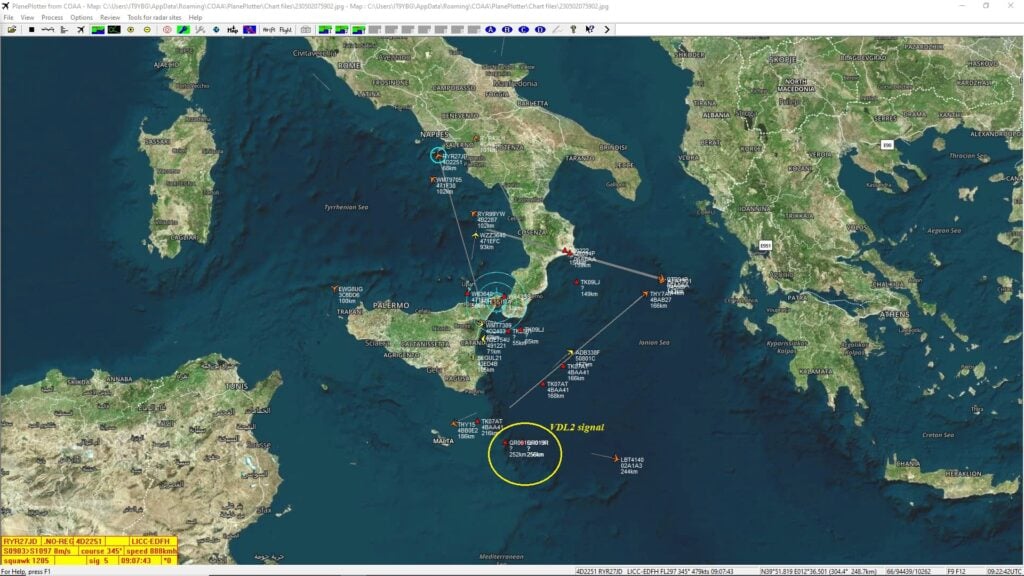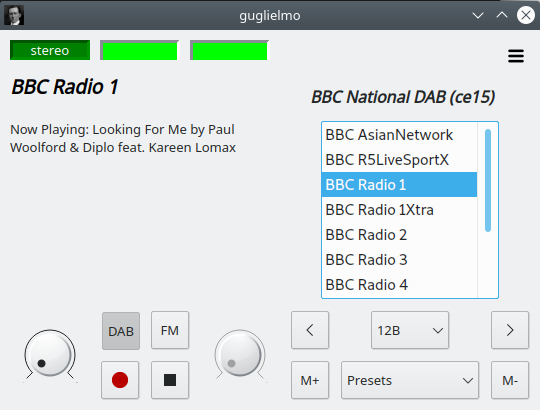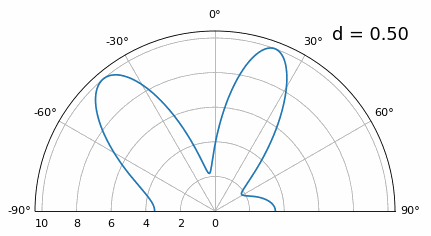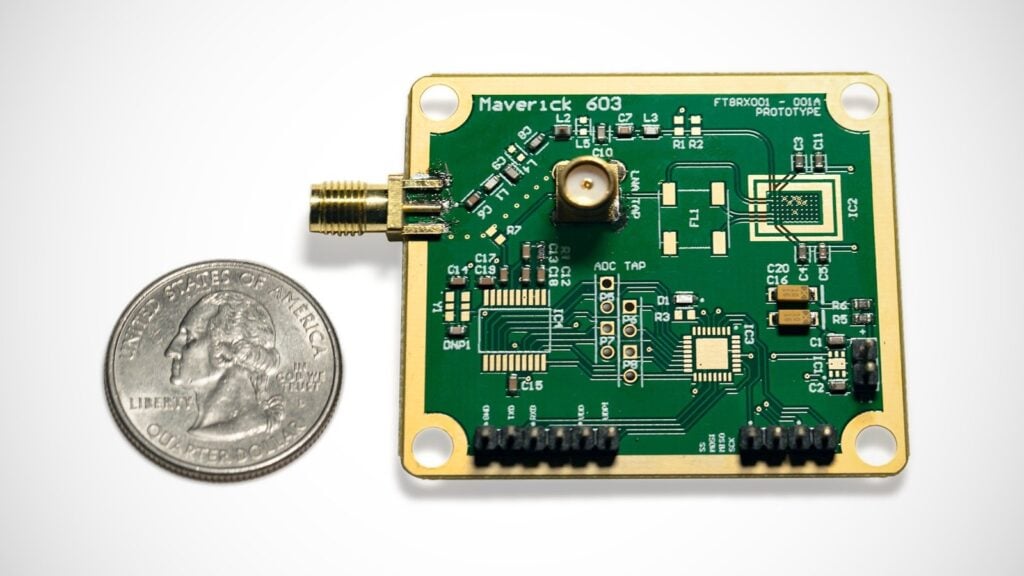Bouncing LoRa Signals off the Moon with a HackRF
One part of the amateur radio hobby is 'EME', or Earth-Moon-Earth. The idea is to bounce radio signals off the surface of the moon, and have them received over a vast distance. Typically weak signal amateur radio modulation schemes such as JT65 are used due to their ability to be decoded even with the very weak signals that come back from the moon bounce.
Recently a group of students from the College of New Jersey are attempting to bounce signals off the moon using the LoRa modulation scheme. LoRa is a modulation scheme designed to be used with IoT devices, however it also has great performance when signals are weak so it's a good candidate for moon bounce.
The students are using a HackRF and the SDR-Angel software with the signal being transmitted in the amateur radio bands at 1296 MHz. The antenna hardware consists of an 1296 MHz feedhorn attached to an 8-meter dish. They hope that the use of LoRa modulation can reduce the power requirements for EME.
The main goal of this project is to establish Earth-Moon-Earth communication with LoRa modulated signals. There are three main goals that this project is trying to accomplish. The three goals of our project are to reflect a signal off the Moon and receive it back here in New Jersey, transmit a signal from here in New Jersey, bounce it off of the Moon, and then receive the signal on a dish located in Alaska, and our final goal for this project is to establish two way communication between New Jersey and Alaska.
Our initial approach to this project is to use SDRAngel to modulate and demodulate our signal. SDRAngel is a free, open-source software that we can use to transmit and receive signals via SDR (Software Defined Radio).
Our modulation technique, LoRa, uses Chirp Spread Spectrum modulation that allows for low power, long range transmissions at the cost of a low data rate.
The peripheral of choice for this project is the HackRF One, a SDR peripheral that allows us to send and receive signals.
This story was also presented on Hackaday.
